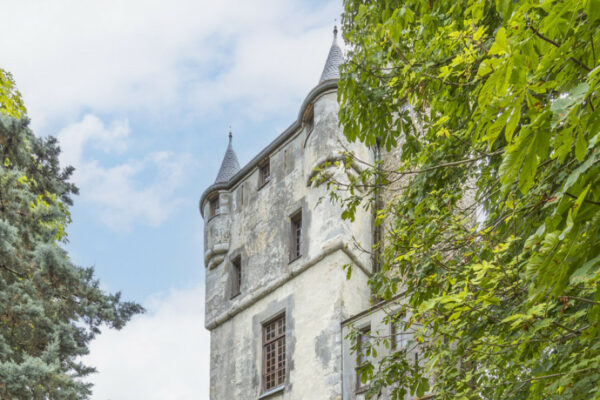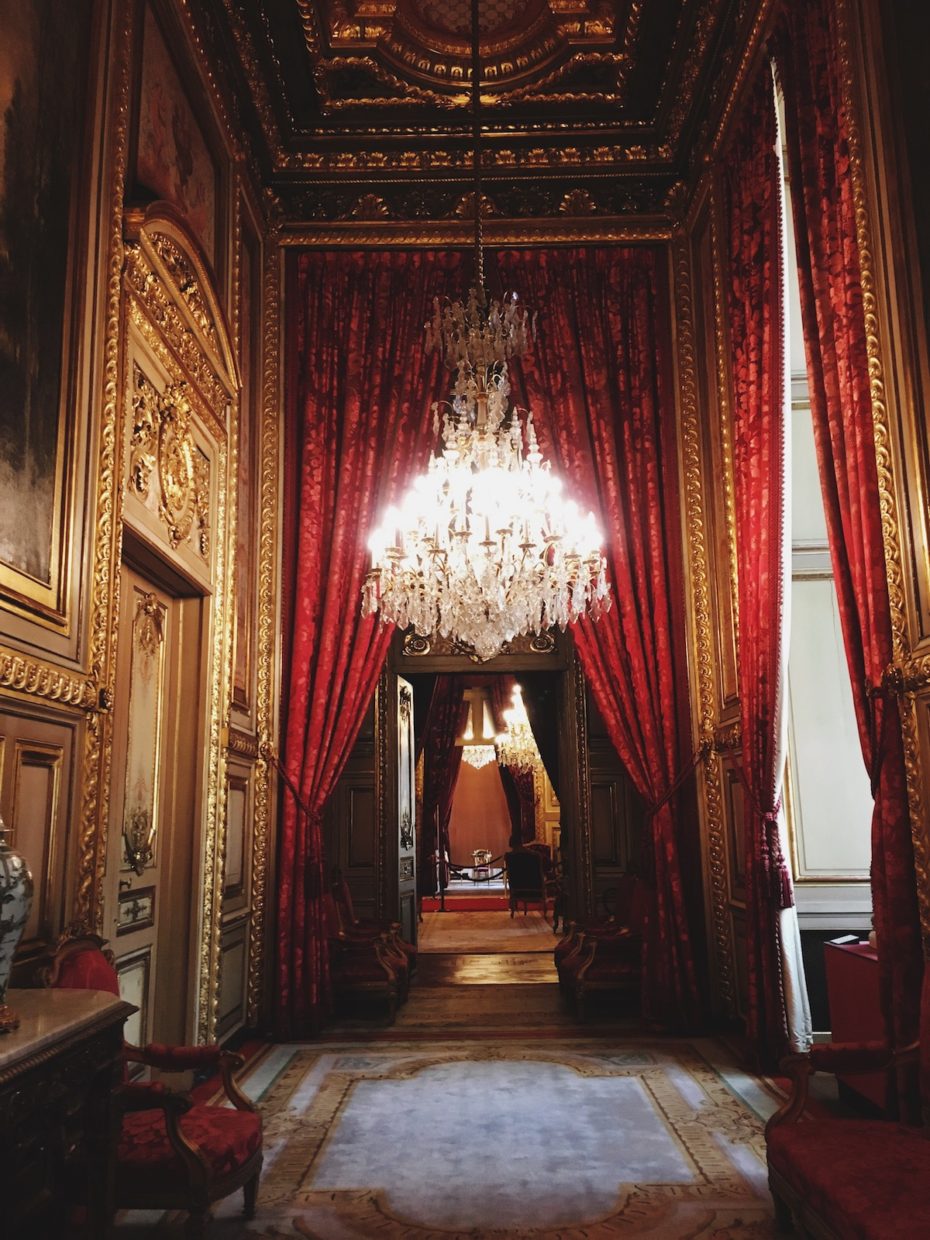
The Louvre; or, as we’ve prefer to call it, Paris’ most exhaustingly gorgeous tourist trap. In the MessyNessy guide, Don’t Be a Tourist in Paris, there’s even a chapter called, “Anything but the Louvre” that steers folks away from its selfie-stick jungles, and into the arms of more overlooked museums in the city. But this weekend, we decided to pay a visit to the Louvre. Our self-inflicted challenge? Finding a way to visit the museum without “being a tourist”; as it turns out, there’s an entire wing that’s escaped our radar over the years: Napoleon III’s apartments. They’re ghostly, gilded, and a veritable mini-Versailles…
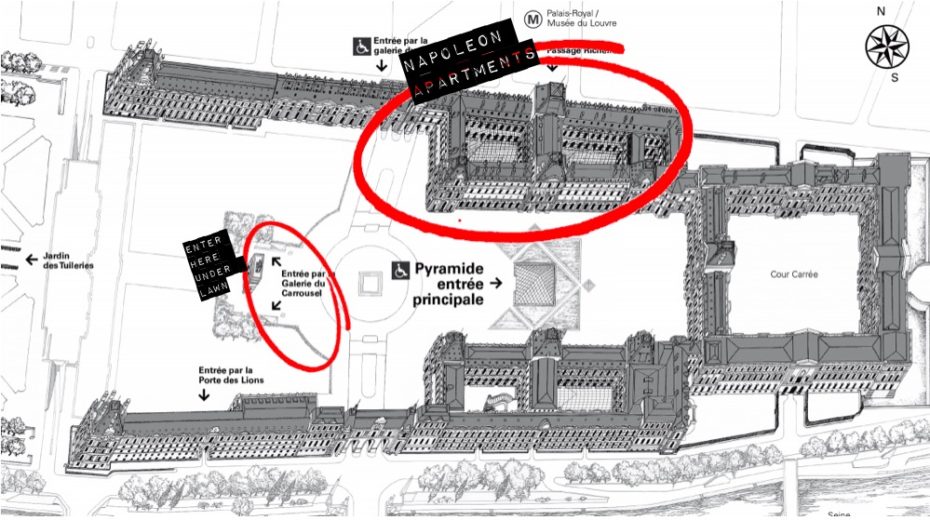
The apartments are hidden in the Richelieu Wing, and if finding them sounds intimidating, fret not; we’re here to guide you into the belly of the beast. You can try your chances at the normal queue by the pyramid, but we suggest sliding in through the Galérie du Carrousel (an underground mall that connects to the Louvre) by the arch, or through the entrance on rue de Rivoli. Once you’re in, make your way to the museum’s hub, which has escalators crawling up to different galleries (i.e. Denon, Sully). You want to aim for “Richelieu.” From there, it’s a straight shot into exploring the luxurious interiors…
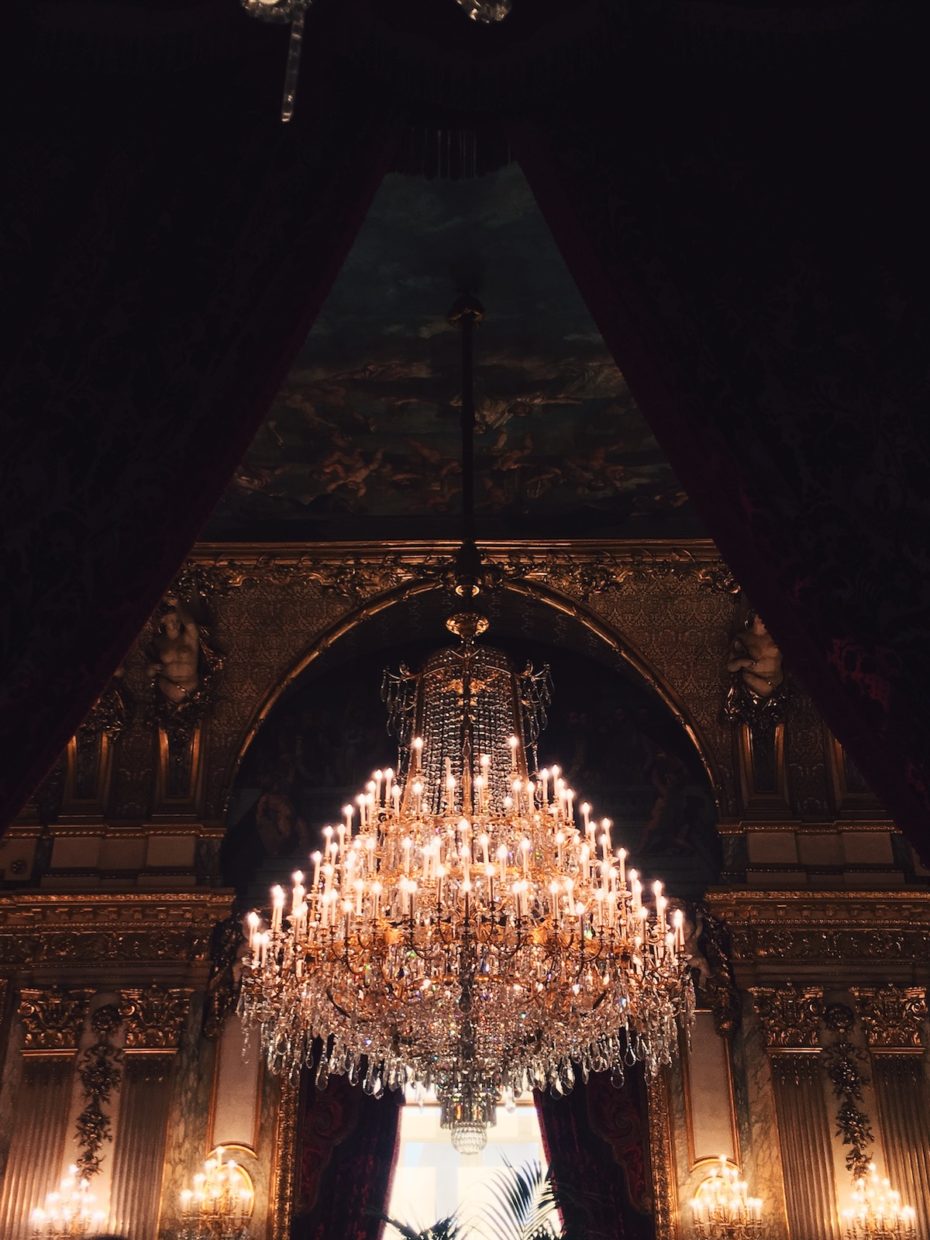
You’ll walk past a stunning series of staircases on your way to the apartments, but try not to get distracted on your quest. A plaque explains that “the rooms you’re about to enter were refurbished during the Second Empire, and were part of what was, at the time, a brand-new wing of the Louvre (built between 1852 and 1857).” A tremendous amount of artists, decorators, upholsterers and the like were hired to work on the apartments, which were fashioned in the Louis XIV style. Thanks to sheer luck (and many restorative genies), they haven’t changed a bit.
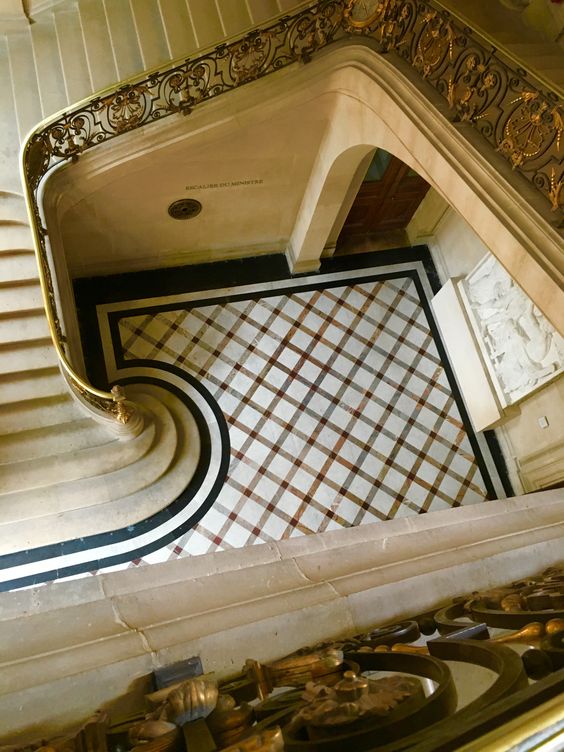
You’ll know once you’ve arrived, and have fun getting lost in cinematic style down the corridors of never-ending red velvet, which ultimately lead you into a series of salons or “drawing rooms” with herds of chandeliers. There’s also a charming portrait of Napoleon III’s wife, Eugenie, who would entertain guests with piano playing and poetry recitals in the luxurious space.

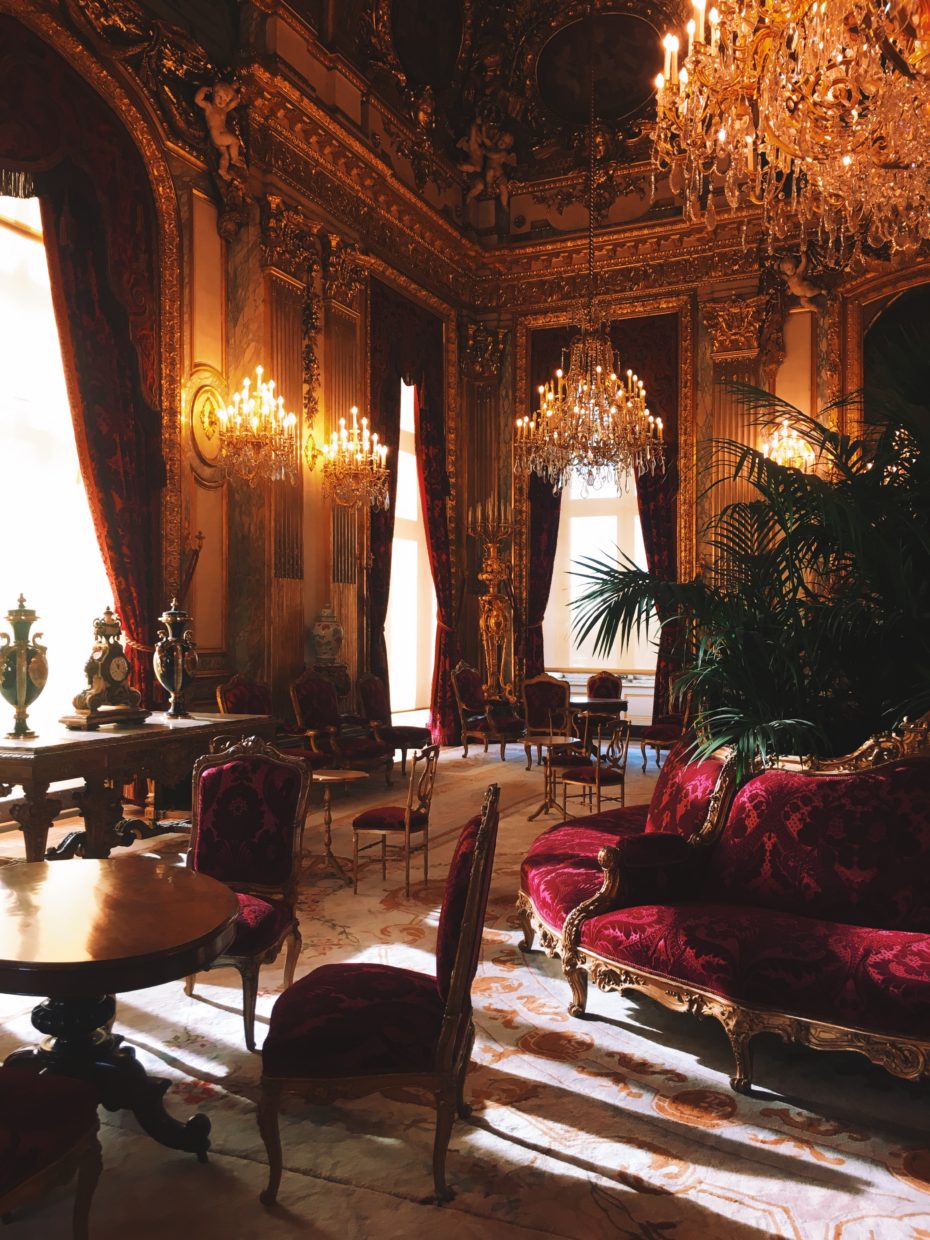
There’s a dining room that seems like it could comfortably seat a small village (it was usually used for state dinners), and a trompe l’oeil sky by Eugène Appert dotted with exotic birds. The doors and walls are made of the black-stained wood and (spoiler) gilt bronze. You can imagine what the room must’ve looked like when it was overflowing with guests and good wine…
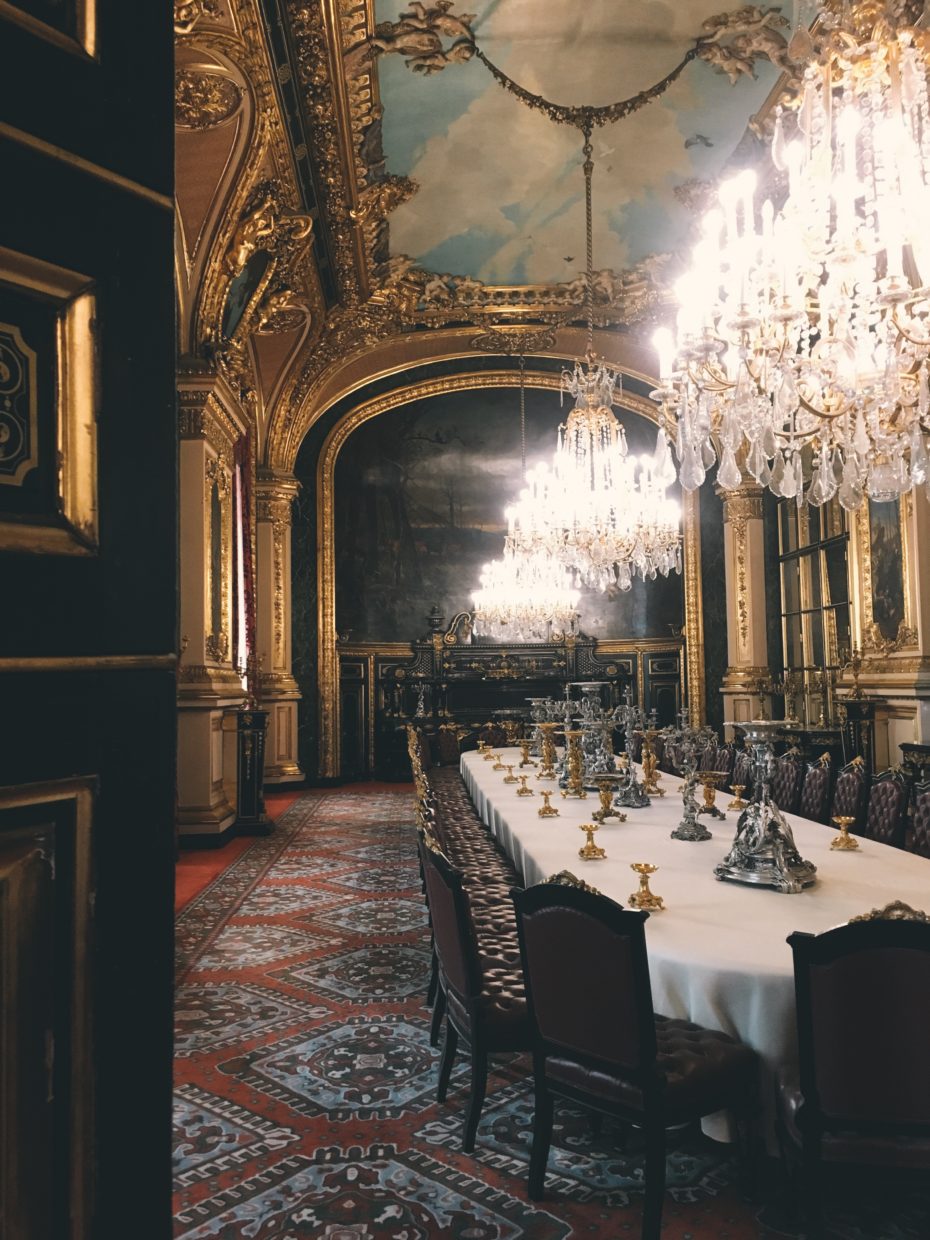
The overall color palette for the spaces is a deep, plushy red and rich gold, but there are also some stunning rooms in robin’s egg blues and pastel pinks. Oh, and steampunk fans: be sure not to miss the collection of elaborate scientific tools from the 18th and 17th century. They’re so beautiful they almost make us want to do math.
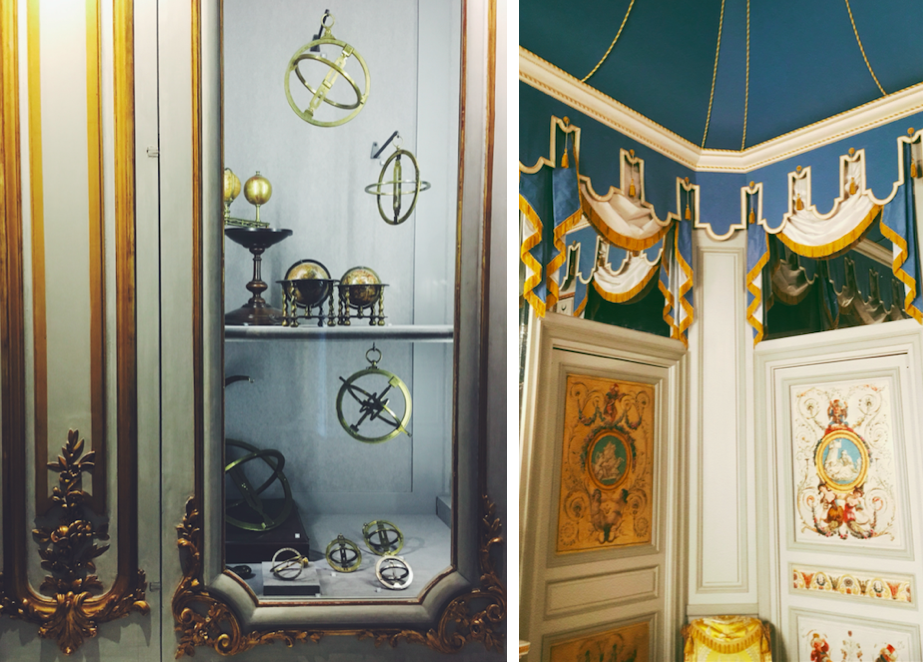
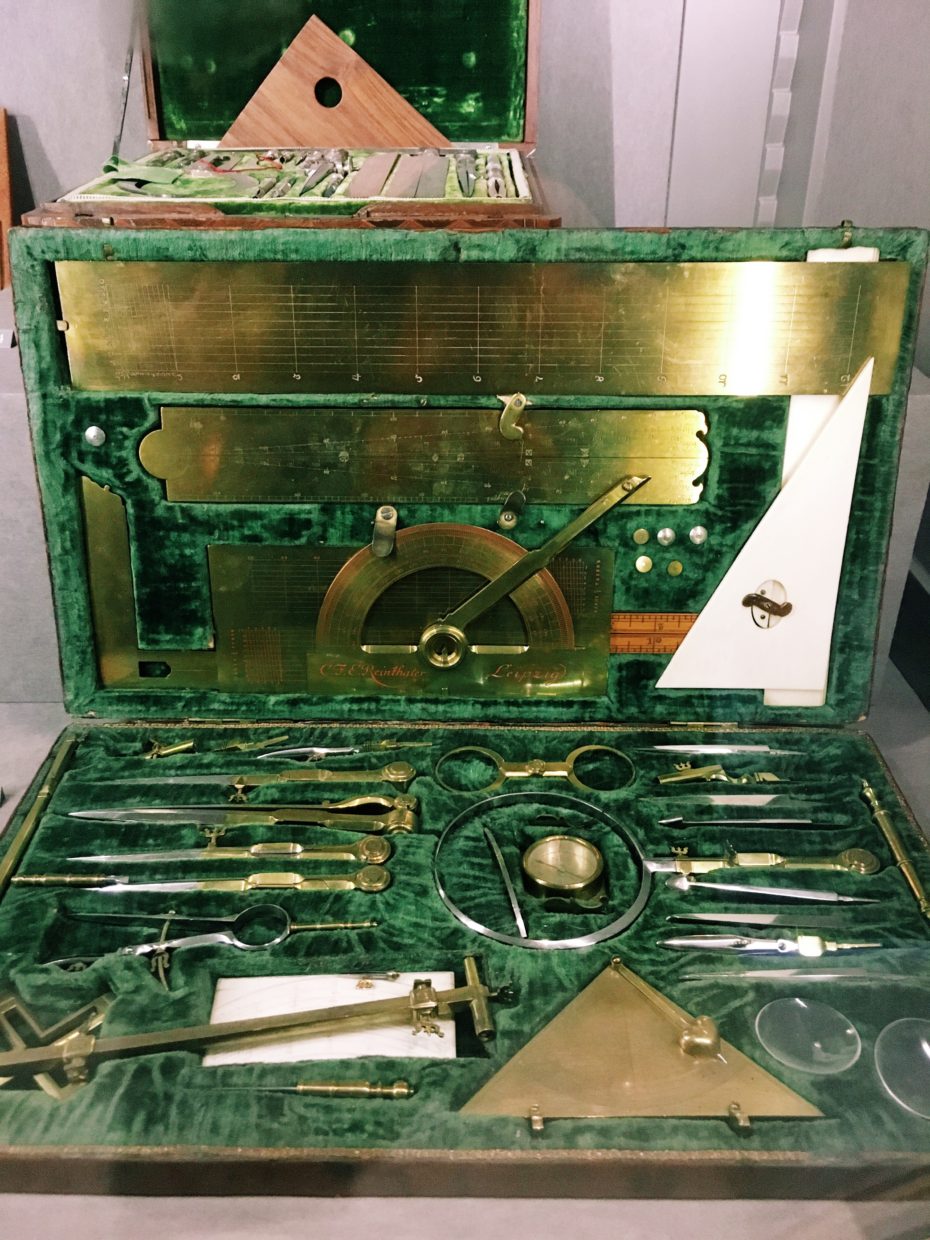
Another benefit of exploring this corner of the museum? Practically zero tourists. If you couldn’t tell by the lack of people in the rooms, the Richelieu Wing is generally calmer than the halls of great Italian and French paintings or the staircase in front of the Winged Victory.
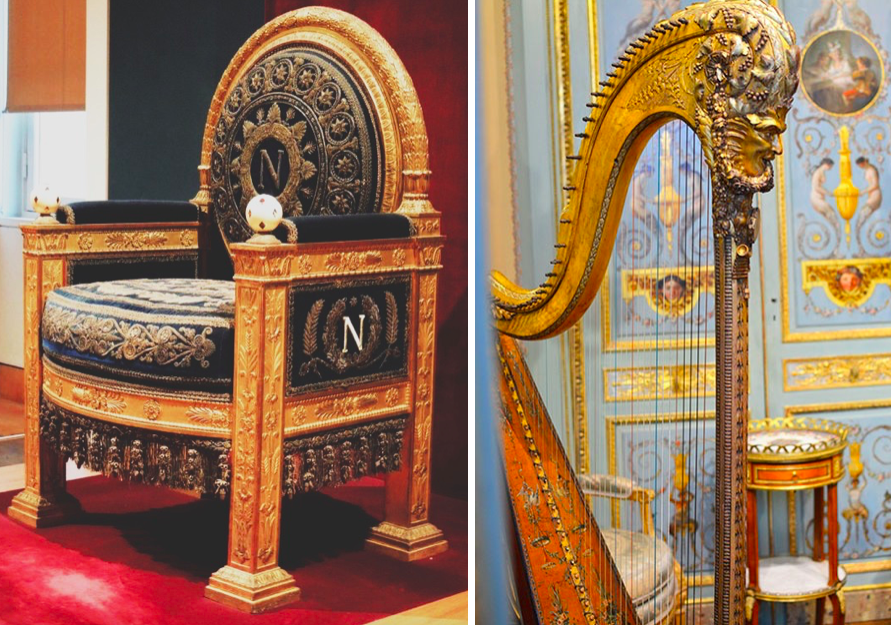
Now when Napoleon III came onto the scene, he kicked Paris into full modernisation-mode. Inspired by his years in London from 1846-1848, the Emperor created new infrastructures in the city, not unlike those he’d seen in jolly London, and which could accommodate the fast-growing population. His right hand man in the task? Georges Eugène Haussmann, whose role in developing the opulent Neoclassical style Napoleon was so fond of proved was vital.
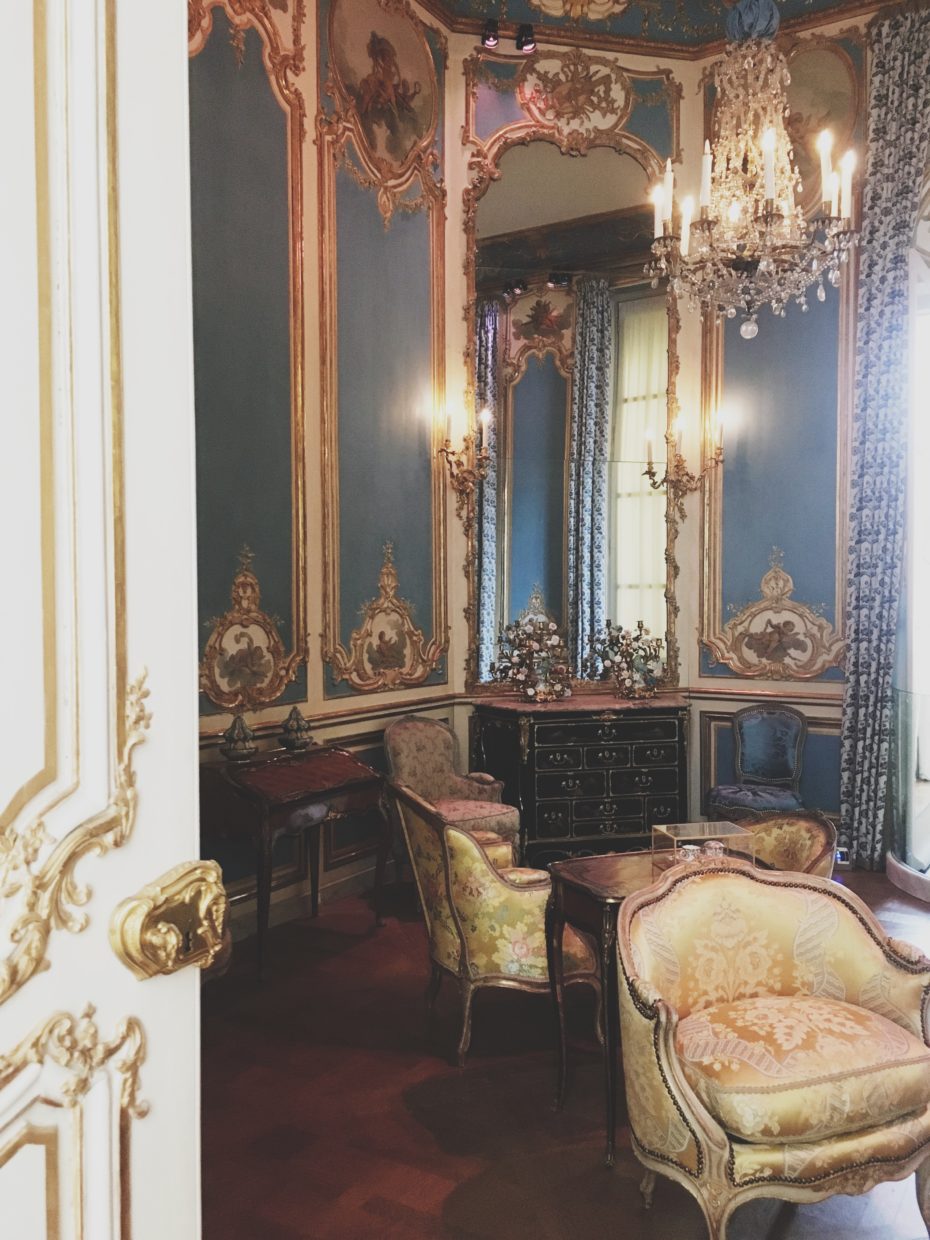
In the 12th century the museum was a fortress, then the royal palace (until the French Revolution), and only in 1793 was the monolith declared a national museum. For a long time, the wing actually housed the French Ministry. Then, in 1982, former president François Mitterand proclaimed the entire Palais du Louvre as a gallery and museum space (he’s also the man behind the Pyramid).
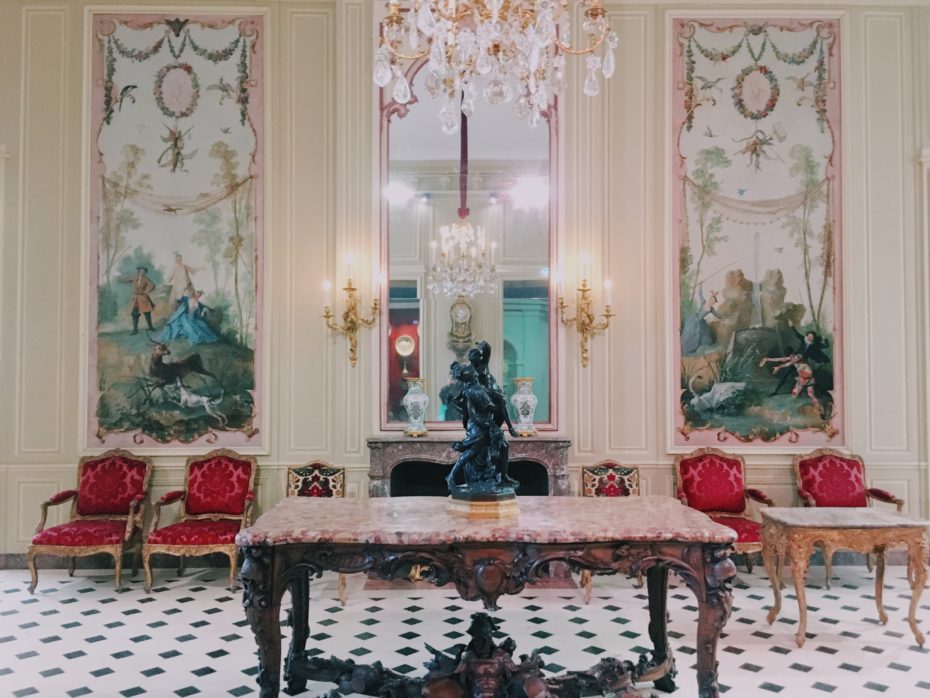
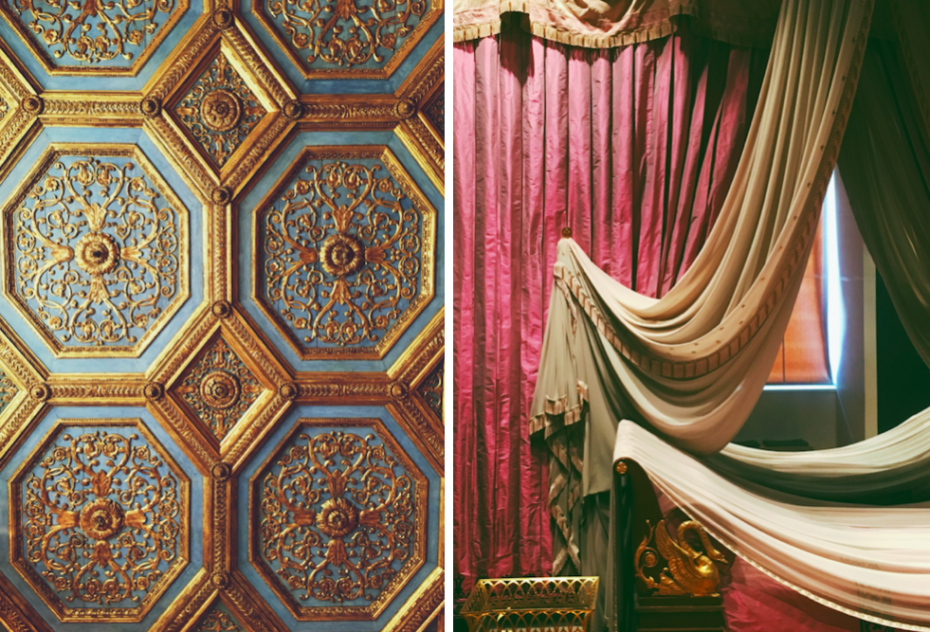
We’re so used to defining the Louvre by its (epic) fine arts collection, that we forget of its legacy as a home, and that’s the real joy of visiting the apartments: drinking in the details of another life, and another era.
P.S. Last but not least, take a moment to examine the details of the immense Lefuel Staircase as you drift out of the apartments. The white stone structure was built in the mid-19th century, and boasts a double flight of stairs.
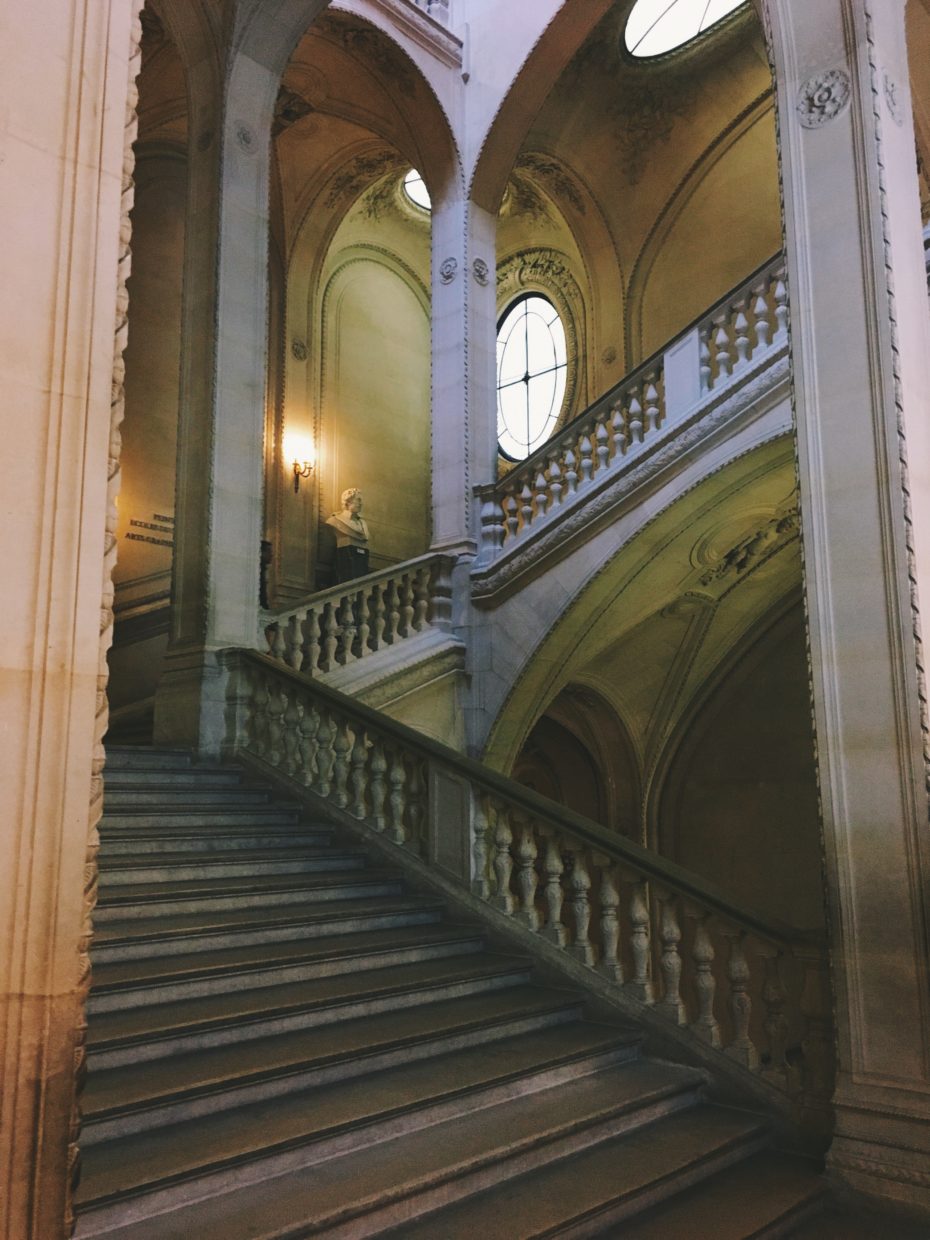
Artist François Morellet was entrusted to redesigned the structure’s windows in 2010, and opted to create delicate, fragmented panes of glass that contrasted with the sturdy stairwell:
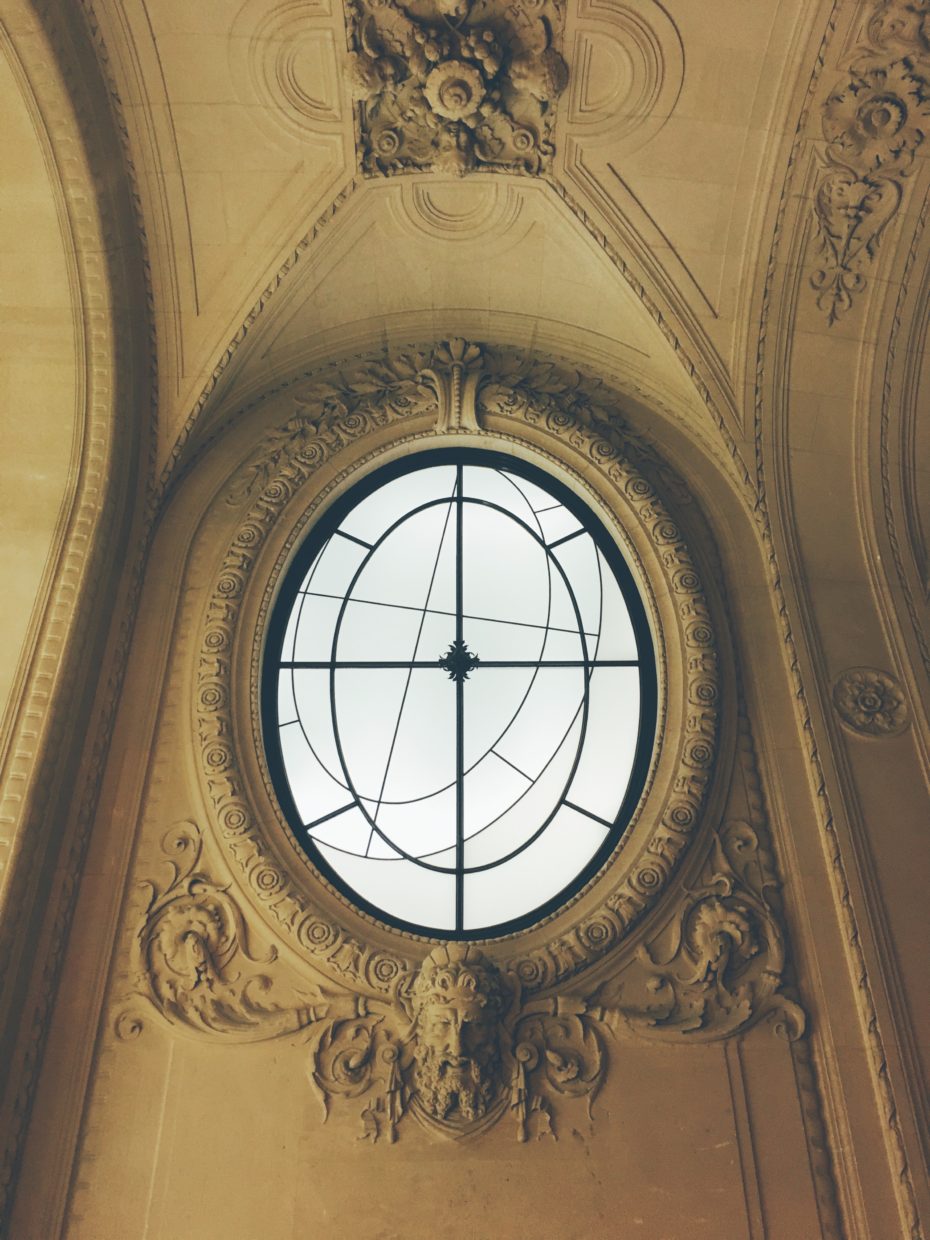
By Mary Frances Knapp, our Californian in Paris & beatnik at heart.










